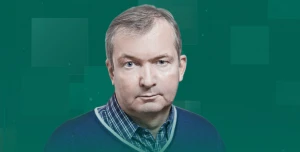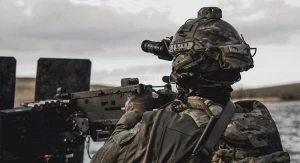
NATO will not respond to member states' civil conflicts
What forced Putin to resort to Plan B
When asked how the Alliance would react if Russia attacked, for example, one of the Baltic states not directly but through support for an armed separatist movement, Admiral Bauer replied: "Such a country must take care of its own security" (read: the Allies will not intervene).
By doing so, he confirmed the thesis that I have explained to you many times: an open attack on Ukraine was only a plan B for Putin. He understood perfectly well that it would be much safer to invade us under the guise of a "civil war" in which the West would not interfere.
The worst thing is that the Ukrainian government did everything possible in 2019-2020 to make this plan work. The implementation of Steinmeier's formula, which includes holding elections in the temporarily occupied territories without transferring control of the border to Ukraine and without dismantling the military and law enforcement units under the full control of Moscow, guaranteed a hybrid "civil war" in the near future. This paved the way for the open deployment of Putin's "peacekeeping contingent."
Unfortunately, it cannot be said that these plans were thwarted by the "Ukrainian people." Despite the gravity of the situation, only a relatively small number, around 10,000-15,000 people, participated in protests led by the Surrender resistance movements and other initiative groups. This was the case even when Steinmeier's formula became the official position of the Ukrainian delegation in Minsk.
But these 10,000 people, coupled with the categorical position of the police that the use of force against civilian demonstrators was not possible, were enough to make the authorities back down.
And Putin was forced to move to Plan B, which gave us a chance to defend our sovereignty.
About the author. Karl Volokh, political analyst, blogger.
The editors do not always share the opinions expressed by the blog authors.
- News













































